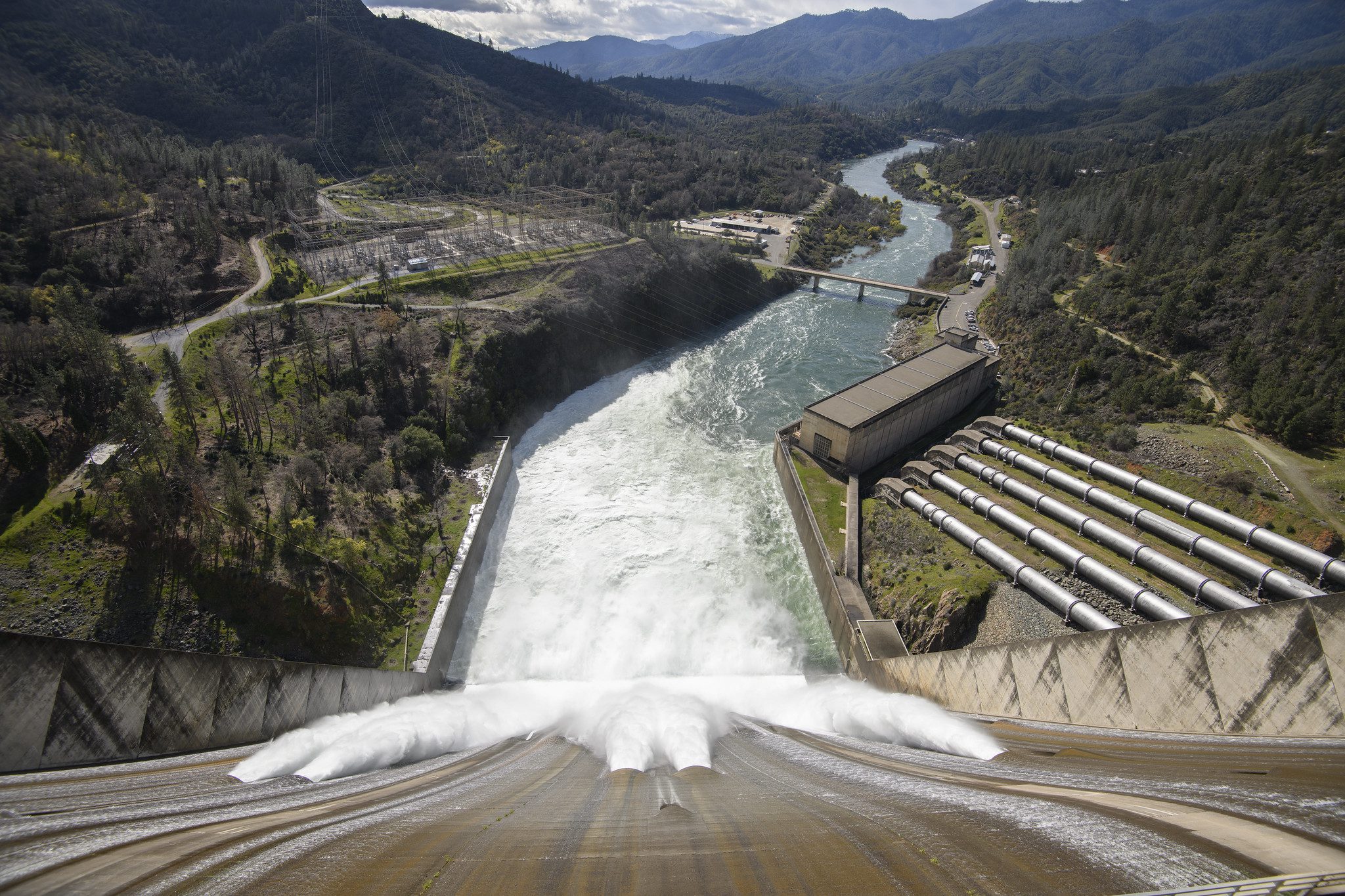- Funding for drought mitigation and response.
- Investment in infrastructure improvements and maintenance.
- Support for tribal water rights settlements.
- Climate resilience and conservation initiatives.
- Equity, rural water projects, and tribal support.
March 13, 2024 – President Biden’s proposed fiscal year 2025 budget includes $1.6 billion in gross discretionary funding for the U.S. Department of the Interior’s Bureau of Reclamation (Reclamation). The budget prioritizes water and power infrastructure in the West, with a focus on drought response, climate resilience, and tribal water rights as the region grapples with water scarcity and resource conflicts.
“This budget proposal is a critical investment in the West’s water future,” said Reclamation Commissioner Camille Calimlim Touton . “These funds will help us provide reliable water supplies, address infrastructure needs, and support collaboration with our partners and stakeholders, especially tribal communities.”
. “These funds will help us provide reliable water supplies, address infrastructure needs, and support collaboration with our partners and stakeholders, especially tribal communities.”
Drought, Infrastructure, and Climate Change.
The budget allocates substantial funding to programs addressing drought and water scarcity throughout the West. This includes $49.1 million for the Lower Colorado River Operations Program and $8.3 million for the Upper Colorado River Operations Program, both focused on collaborative, conservation-driven approaches to mitigate the ongoing megadrought. The WaterSMART Program, a key component of Reclamation’s drought response toolbox, will receive $65.6 million.
Recognizing the urgent need to upgrade and maintain critical infrastructure, the budget requests $210.2 million for the Dam Safety Program and $74.8 million for extraordinary maintenance. Funds from the Bipartisan Infrastructure Law (BIL) supplement these requests, providing an additional $670 million for extraordinary maintenance in FY 2025.
Tribal Water Rights and Equity.
The Biden administration’s commitment to equity and tribal sovereignty is evident in the Reclamation budget. It includes $181 million for the White Mountain Apache Tribe Water Rights Settlement, along with a legislative proposal for an additional $2.8 billion to support existing and future tribal water settlements. This funding recognizes the importance of fulfilling treaty obligations and ensuring tribal communities have secure access to water resources.
The budget also prioritizes underserved communities, allocating $58.5 million for rural water projects and $29.5 million for the Native American Affairs Program, which supports tribes in developing and managing their water resources.
Additional Highlights.
- Research & Development: $29.6 million for research initiatives focused on water scarcity solutions, including desalination technology.
- Renewable Energy: $4.5 million for efforts to optimize the hydropower value and capacity of Reclamation facilities.
- Site Security: $26.6 million to enhance security at key water infrastructure sites.
- Regional Projects: Funding is included for several vital projects including the Klamath Project ($35.3 million), Arkansas Valley Conduit ($13.1 million), and the Yakima River Basin Water Enhancement Project ($35.5 million).
Looking Ahead.
The Bureau of Reclamation’s FY 2025 budget proposal reflects the pressing need for water infrastructure investment, sustainable management solutions, and meaningful collaboration amidst a changing climate. The additional funding provided by the BIL further bolsters Reclamation’s capacity to address these challenges in the years to come.
To access the full budget documents for Reclamation and learn more about the Bipartisan Infrastructure Law funding, please visit www.usbr.gov/budget and www.usbr.gov/bil
and www.usbr.gov/bil .
.
Image from the US Bureau of Reclamation’s press release, captioned “Part of California’s Central Valley water supply, February storms brought much needed precipitation and helped fill our reservoirs. The spillway at Shasta Dam opened 10 of the 18 valves to help manage reservoir storage.”


Leave a Reply